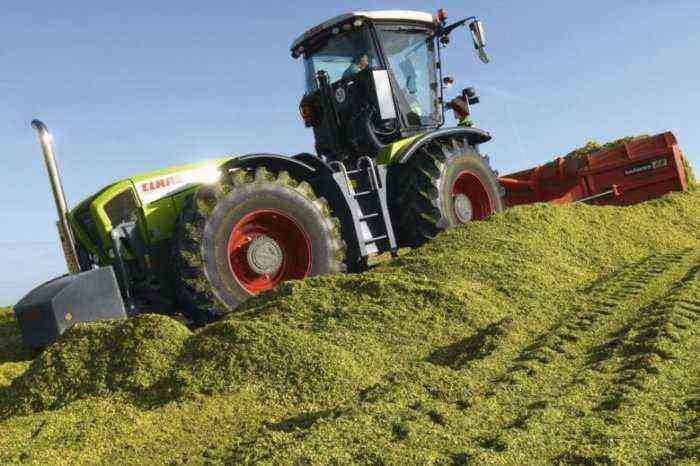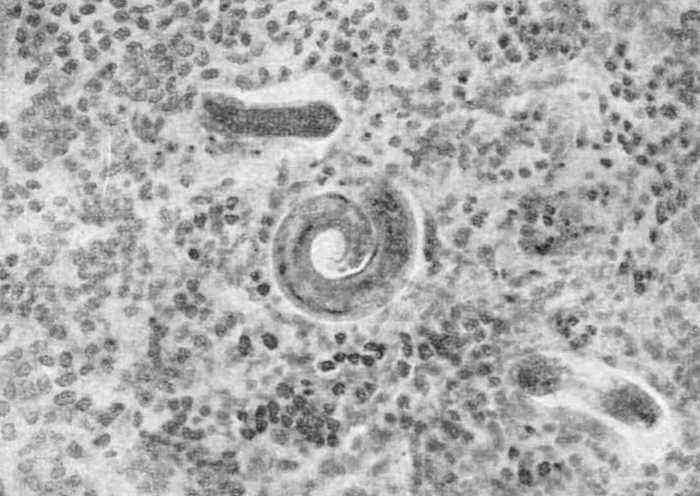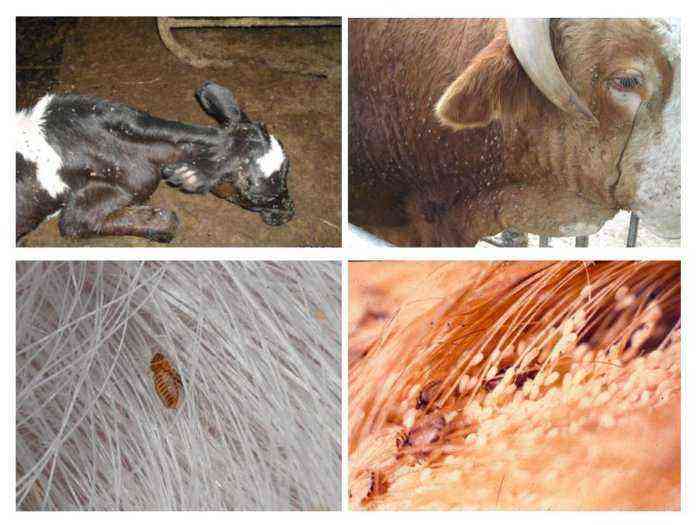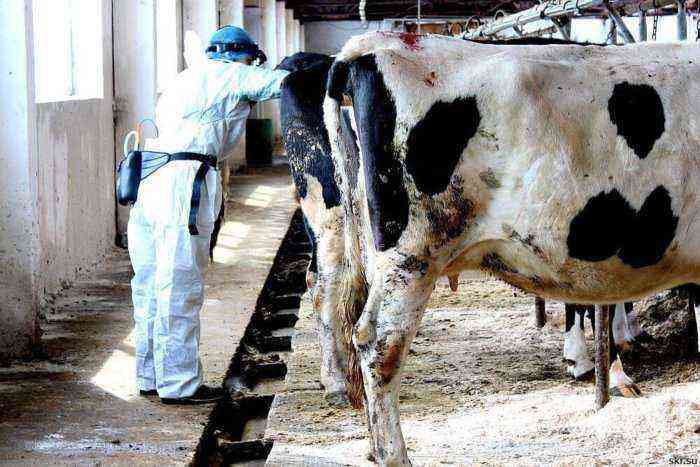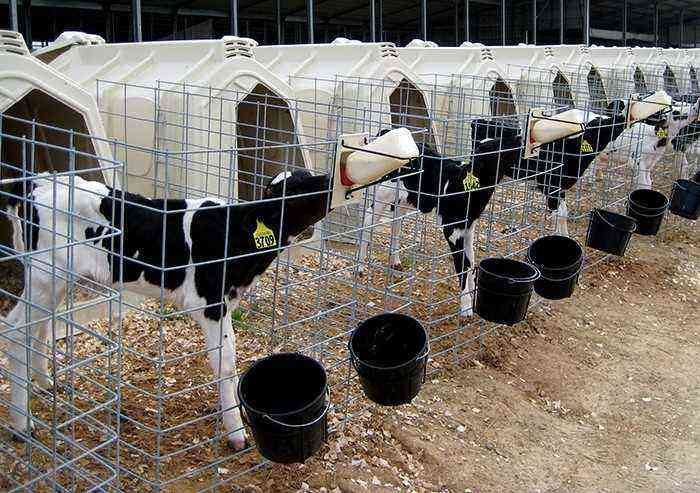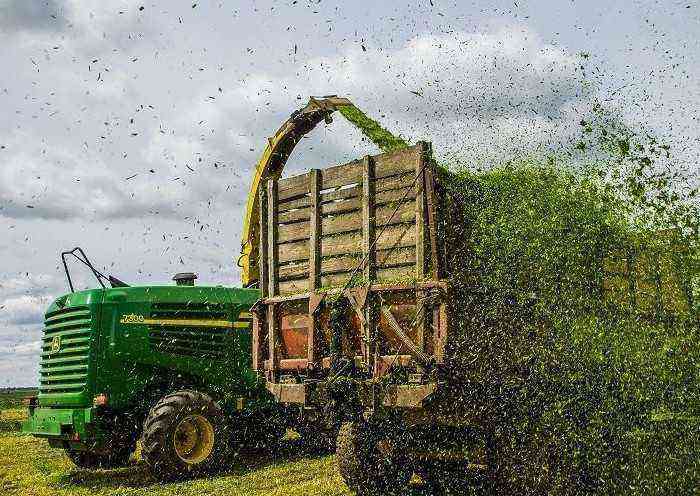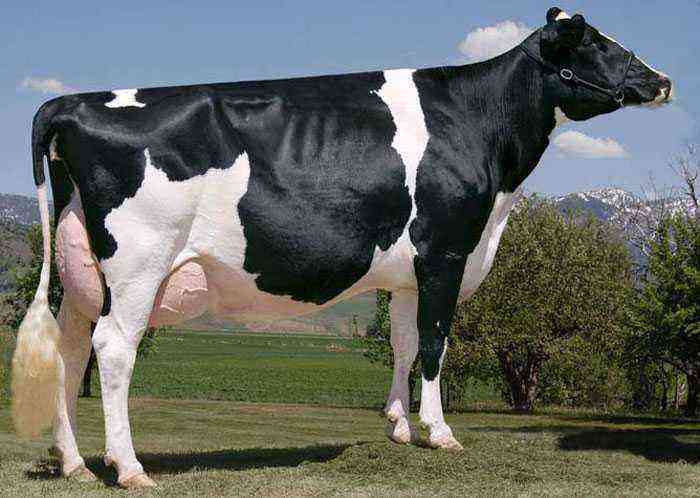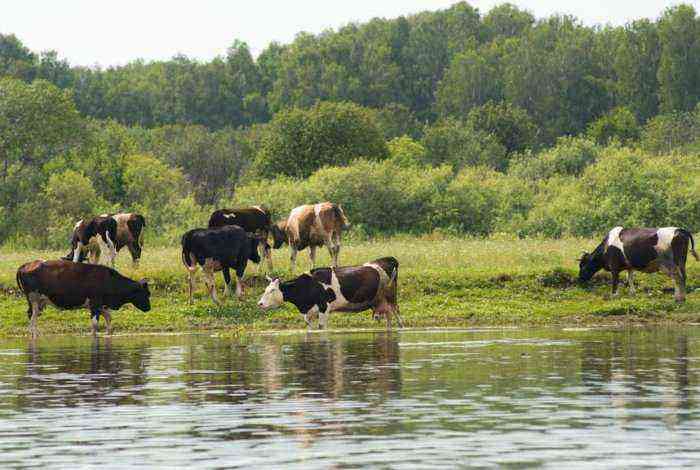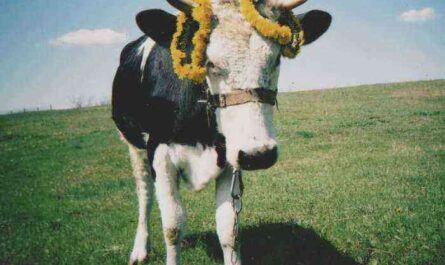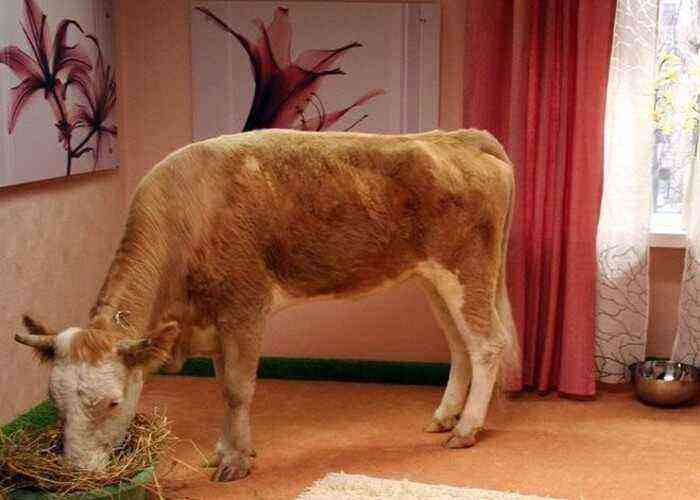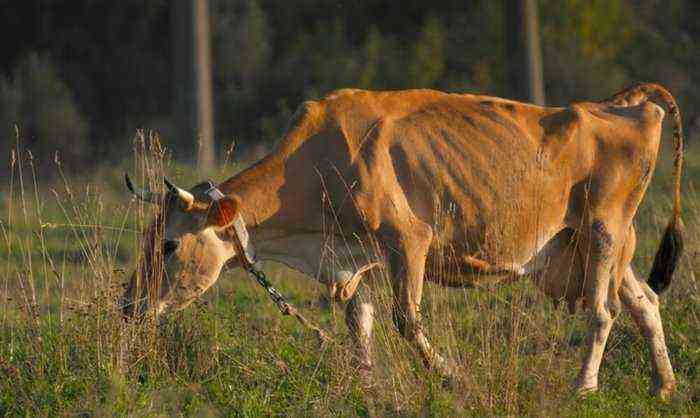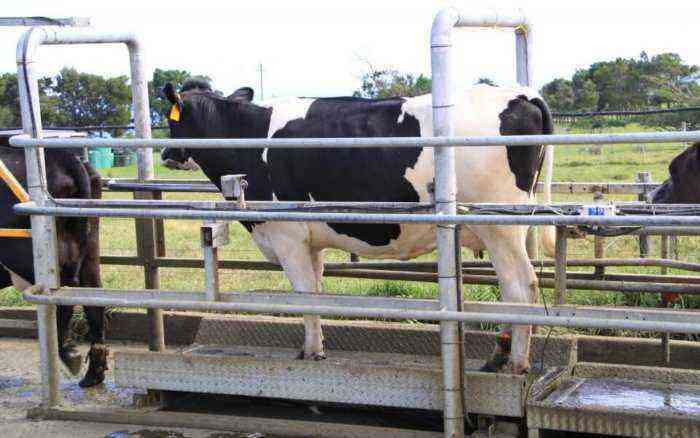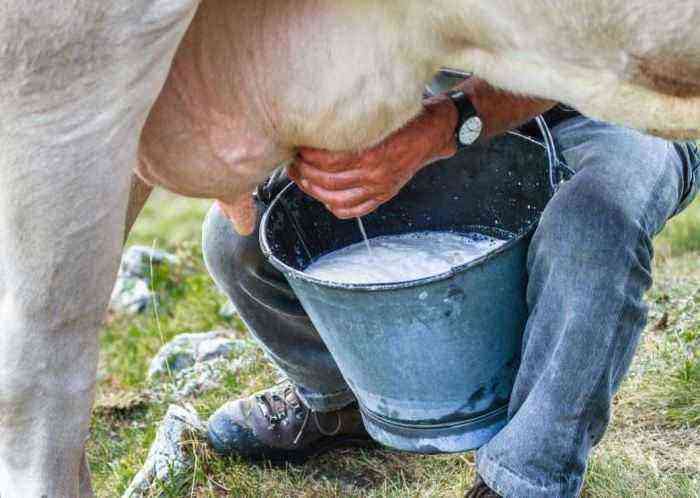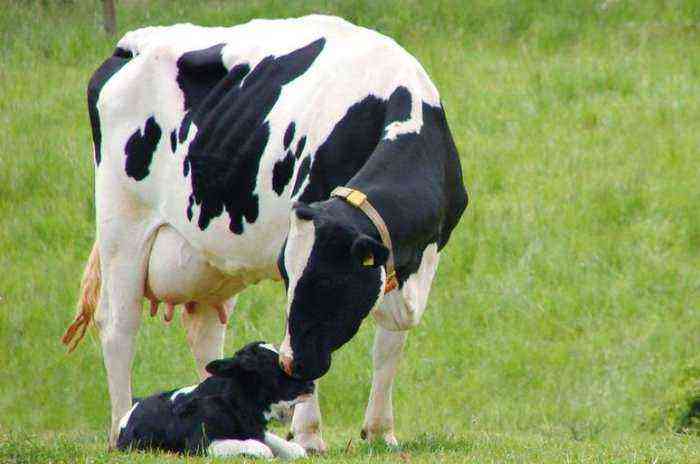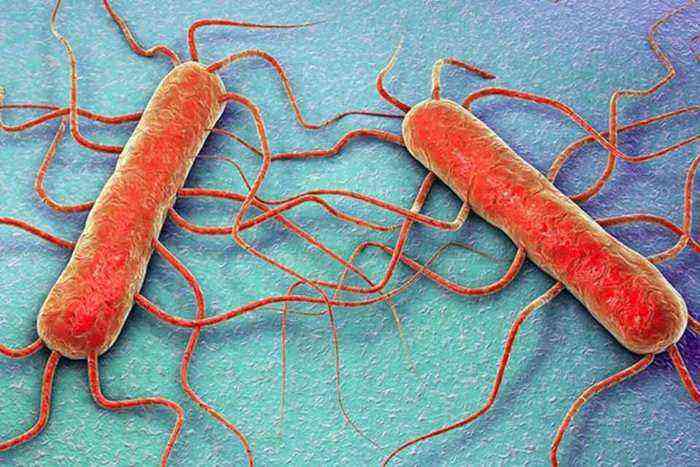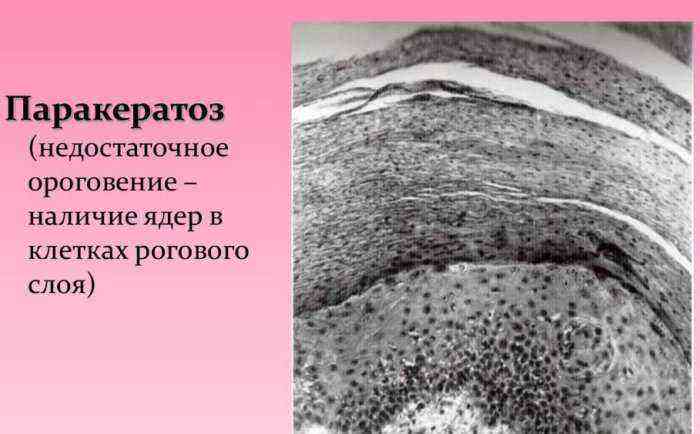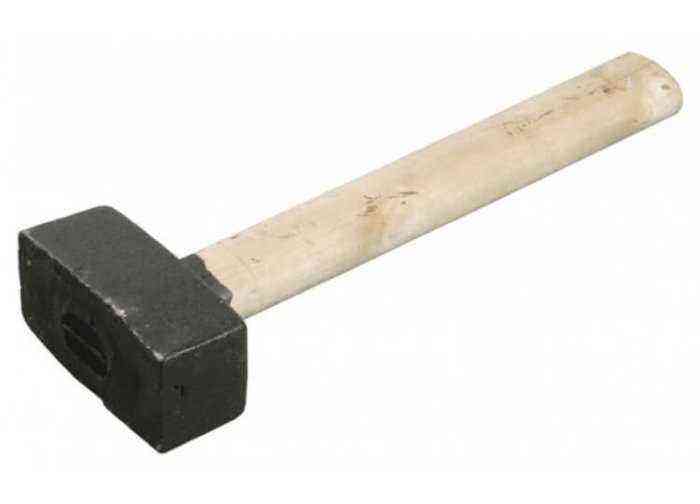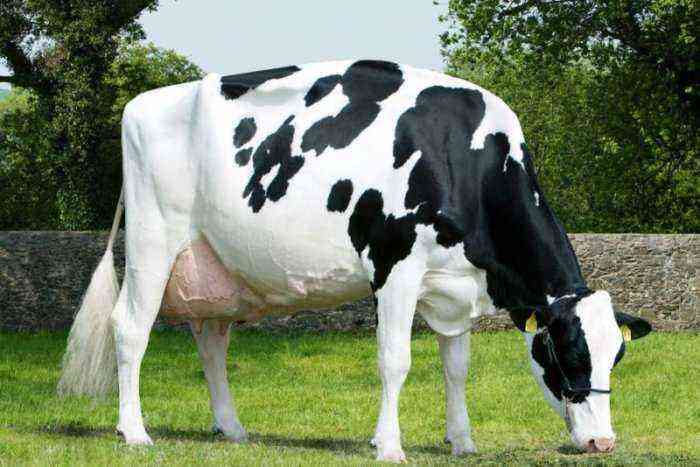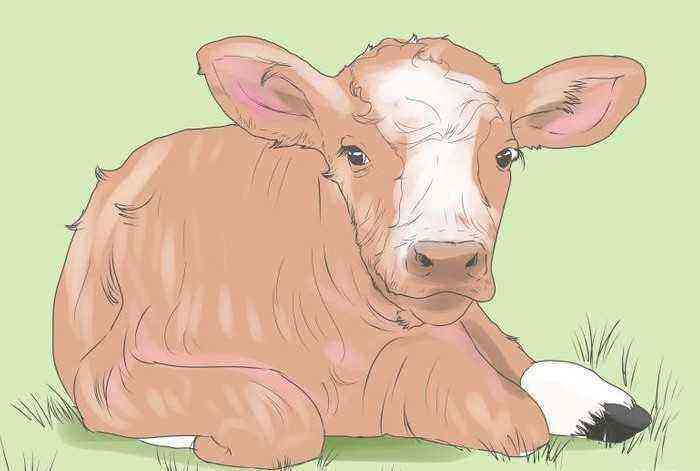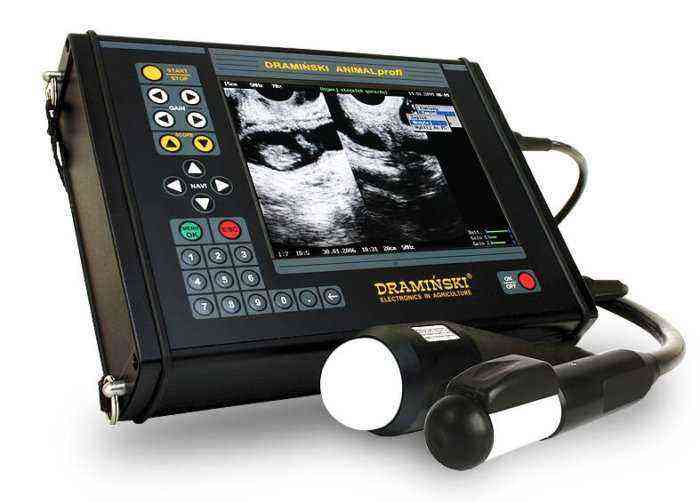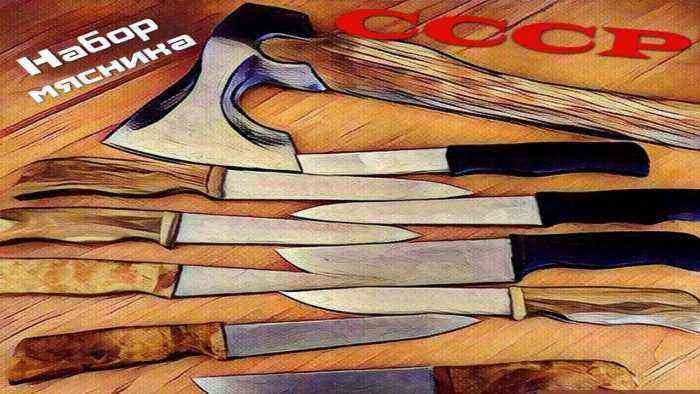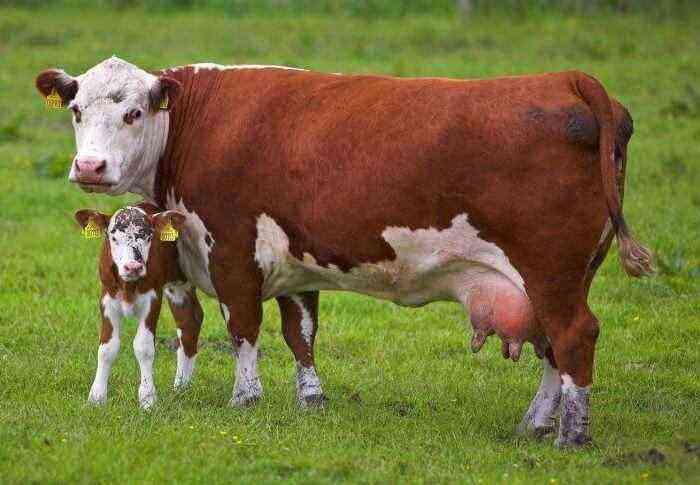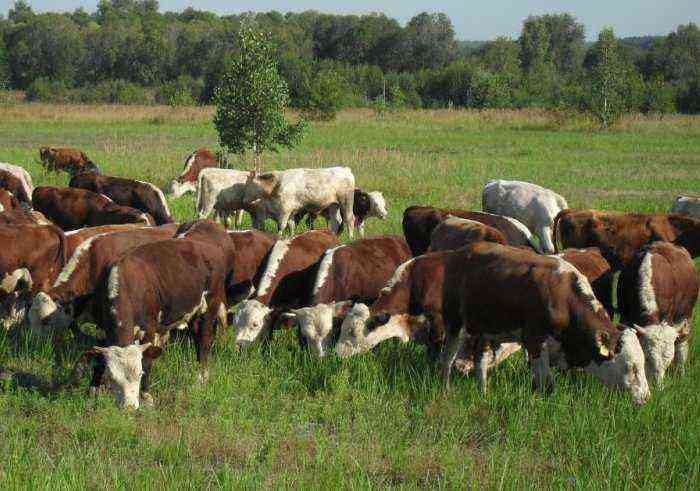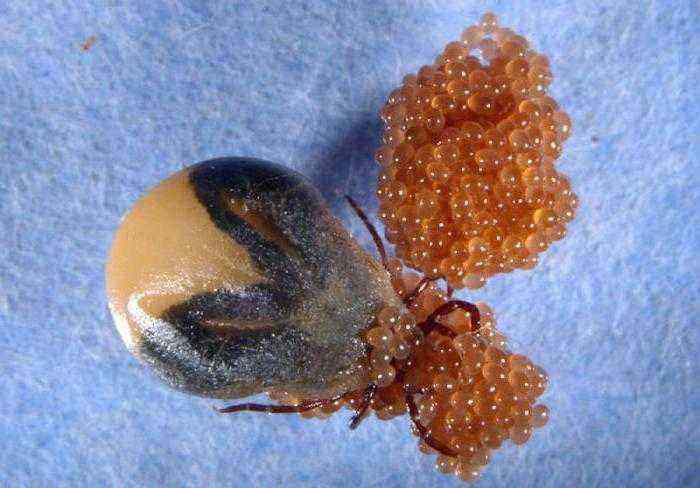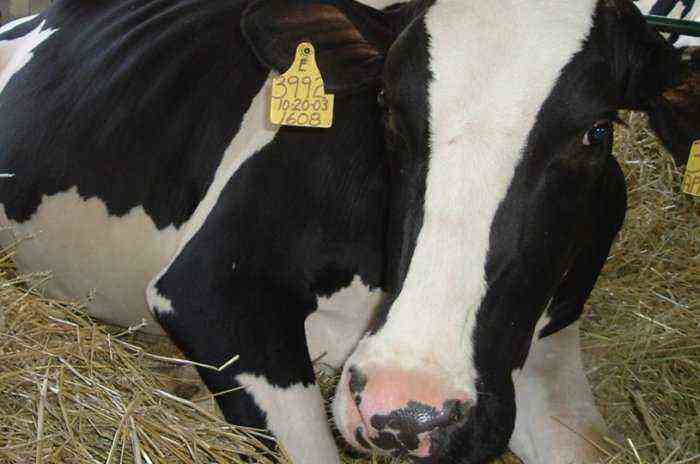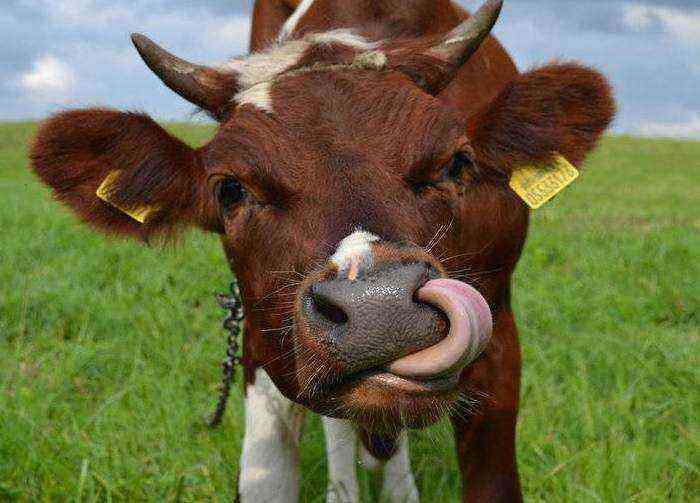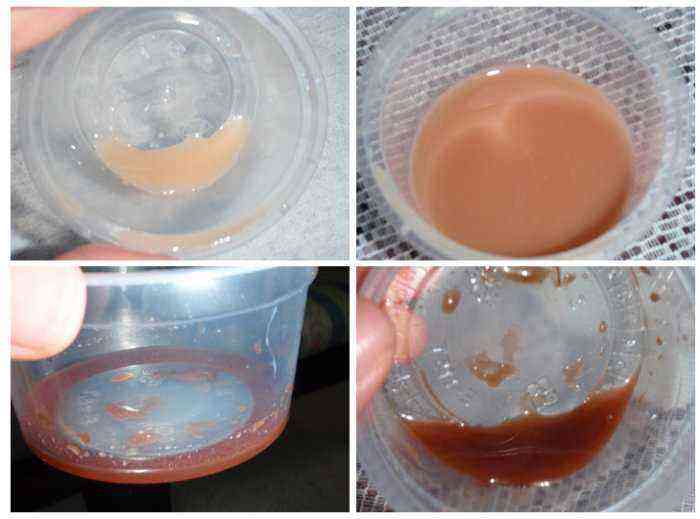The Aberdeen Angus breed of cows is one of the most popular beef cattle in the world. These hornless animals are distinguished by rather average requirements for the diet and conditions of detention. But, despite this, they provide high meat productivity, which brought the breed worldwide fame.
Aberdeen Angus cow
History of origin
The Angus cow was developed from several British varieties of hornless cattle. Such animals were actively bred in the counties of Angus and Aberdeen, which are located on the territory of Scotland. These regions are known throughout the country for their vast grasslands and mild climate.
It is known from official written sources that the purposeful selection work to breed Aberdeen Angus began in 1775. Breeders set themselves the goal of improving the meat productivity and precocity of native breeds of cattle. And they managed to achieve this only in 1835, when the breed line was approved as a separate one and the first stud book was created.
In 1873, several representatives of this variety of cows were first taken out of the country. This merit belongs to George Grant, who acquired a small livestock for his farm in Kansas (USA). Meat qualities, rapid maturation and correct conformation attracted attention to such cattle. More and more breeders from North America purchased it for their farms.
Later, the Angus also spread to Canada, New Zealand, and Australia. You can often find them in the UK. Animals were brought to Russia and neighboring countries only in 1958. Gradually, their number in the country grew. To this day, they are often used in breeding work to increase the meat productivity of local Russian cattle breeds.
Description
In terms of physique, the Aberdeen clearly show the meat direction of productivity. The body is rectangular. The height of the animal is from 1,1 to 1,3 m. With such a small growth, the body length reaches 1,7 m.
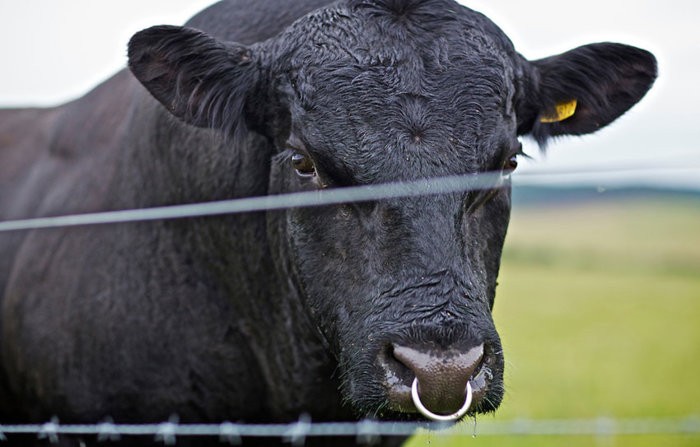
Description of Aberdeen
One of the main features of the appearance of the Angus is polled, which is transmitted to subsequent generations in almost 100% of cases. As for other features of the breed line exterior, these include:
- large rectangular body with well-developed muscles;
- straight back, sacrum and lower back;
- correctly set short limbs with a developed ham;
- short voluminous neck;
- deep chest (depth up to 67 cm);
- small head with a short muzzle;
- the skin of such cows is elastic with a thick layer of subcutaneous tissue.
From above, the body of the animal is covered with shiny wool. It is designed to protect livestock from sunlight and wind. The color of the coat is most often black, but brown color is also sometimes found.
Angus cows have small udders. It can be completely white or black.
Productivity characteristic
The breed of Scottish Black Angus cows is grown by breeders exclusively for high-quality beef. The average weight of a mature female is 500-600 kg, and in the case of targeted fattening, in compliance with the basic recommendations, it reaches 700 kg. The mass of bulls reaches 1000 kg. The slaughter yield of meat from an adult livestock is from 60 to 70%.
It is worth noting that the weight of the young immediately after birth is 22-28 kg. With proper feeding, the average daily weight gain is 1000 g. At this rate, a six-month-old calf already weighs 180 kg. And by the age of 3, this figure increases to 420-430 kg.
Aberdeen Angus meat is highly valued for its marbling, exquisite taste, tenderness and lack of large fibers. The skeleton of the whole carcass is about 17%.
As for milk productivity, the average annual milk yield from one individual is only 1400-1700 kg of milk.
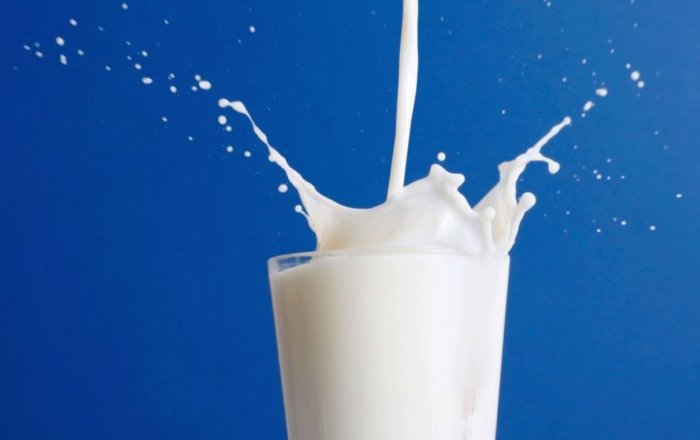
Cow’s milk
Maintenance and care of the breed
Despite the high productivity rates, Angus cattle are completely undemanding to the conditions of detention. Animals of this species feel good in regions with cold, hot and temperate climates. Due to the high resistance to various climatic conditions, such cattle are suitable for open housing.
But in areas where there is frequent rainfall and spring is wet, it is better to take care of a special shed or shed. Excessive dampness in livestock areas leads to a significant decrease in productivity. It is not necessary to insulate a cowshed for this type of living creature. Cows and so easily survive the winter. Animals are kept indoors in a loose way. The livestock get along well with each other and may well find a place to rest on their own.
But when keeping such cattle, it should be borne in mind that it has a rather wild disposition. If the herd is constantly kept on free pasture, cows quickly learn to interact with humans. Therefore, upon contact, they may exhibit aggressive behavior. This is especially true for females who feel threatened by their calves.
Important! Animals should not be left alone for too long. And if possible, periodically return them to the barn, where staff is constantly working.
Food
As for the nutrition of this type of cows, it largely depends on the characteristics of the content. If the breeder can provide the animals with enough free space, then such cattle can be fed only pasture from pastures. This will be quite enough to achieve the previously mentioned gains.
As an addition to the main diet of calves, add:
- premixes;
- combined feed;
- finely crushed grain;
- various mineral supplements.
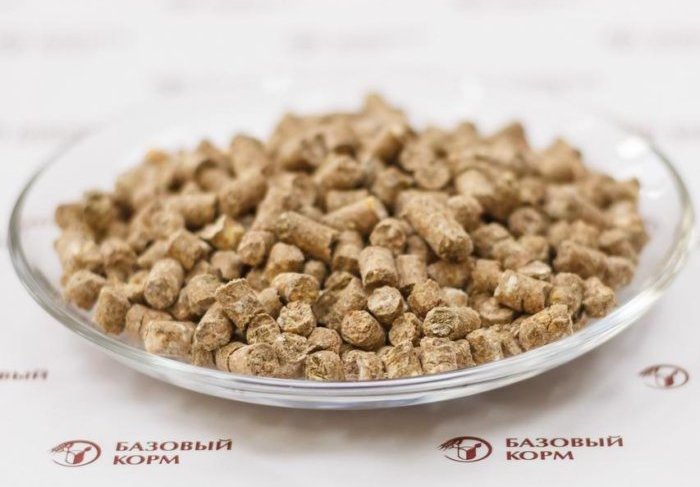
Combined feed
Young animals should be accustomed to any of these food components gradually. In addition, it is extremely important to monitor the amount of food fed to the animal. This kind of cattle grows intensively for an extremely short period of time. If you do not adjust the menu of living creatures in time, she will quickly begin to develop obesity.
Important! In summer, in addition to green fodder on the street, it is necessary to install feeders with mineral top dressing. You should also make sure that animals have free access to water.
Features of breeding
Angus are often bred by farm owners due to the high survival rate of young animals. He has high immunity, and minerals and vitamins from the mother’s colostrum are enough for him to fully develop.
Puberty in cows of this breed ends at 14 months. At this time, the animal is already completely ready for mating. In the course of successful mating, a heifer produces one, rarely two calves. Usually the weight of a newborn is from 16 to 28 kg.
It is worth noting that this breed of cows has a highly developed maternal instinct. The cow carefully takes care of the babies and feeds them regularly. In addition, she constantly looks after the calf and can behave aggressively when trying to take away the young, so the mother and her offspring can be safely released for free grazing.
Advantages of the breed
The high popularity of Angus is justified by a wide list of advantages that distinguish this type of cattle from others. These include:
- undemanding to conditions of detention;
- persistent immunity, which allows living creatures to easily endure cold periods and protects against many diseases characteristic of livestock;
- fast acclimatization in various climatic conditions;
- accelerated puberty, which makes it possible for animals to mate already when they reach 14-15 months of age;
- rapid weight gain in young animals, which, with a properly planned diet, can be up to 1 kg per day;
- high yield of meat products, which in most cases reaches 70% of the total body weight of the cow;
- high quality beef, which is highly valued in the market and involves thin fat layers;
- when crossing Angus with other breed lines, the harmonious physique, high productivity and black color of Scottish cattle are transmitted to offspring.
Also, it is worth noting that Black Angus bulls are distinguished by a peaceful disposition and calmly coexist with humans and other animals. With constant contact with a person, the livestock learns to interact and unquestioningly listens to the owner.
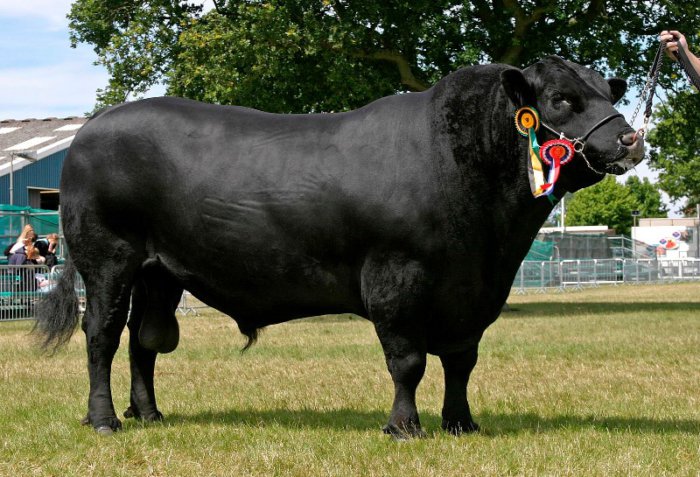
Black angus bulls
The advantages of the breed include the high survival rate of offspring. Due to natural immunity, most of the calves are born healthy, and get sick less than the young of other varieties.
As for the shortcomings, the most significant moment in this regard is the fragile skeleton of animals. This feature is complicated by the fact that cows are prone to obesity. And excessive weight with such a structure of the skeleton often causes injuries.
Thus, the Aberdeen Angus breed is an extremely valuable asset for any livestock farm. But before breeding, you should study in detail the main features of the breed line. In addition, the owner must have access to extensive free pastures.
